#IIHS
Opinion: Automatic Emergency Braking Mandate is Misguided Overreach
Sometimes, government regulations make so much sense, you wonder why they weren't passed before. And sometimes, they make sense when taken at face value, but not as much when you think it through.
That, I think, is the case with the recent rule that requires automatic emergency braking to be standard on all new cars starting with the 2029 model year.
Automatic Emergency Braking to Be Required for All New Vehicles in 2029
Automakers are increasingly making advanced driver assist systems (ADAS) like automatic emergency braking (AEB) standard to meet tightening crash-test standards, but that feature will become required by law in 2029. The National Highway Traffic Safety Administration recently finalized a rule requiring that AEB be included on all new vehicles by 2029.
Crash Avoidance Systems Underwhelm in Latest IIHS Study
The Insurance Institute for Highway Safety (IIHS) announced it has updated its vehicle-to-vehicle front crash prevention test to account for higher speeds. Originally, the group was only running tests for things like automatic emergency braking below 25 mph. Now, it’s targeting higher speeds and obstacles of varying sizes. But the results aren’t any better. Out of the 10 small crossovers tested, only a single model garnered a good rating.
IIHS: Here's Why We Don't Crash Test at More Than 40 MPH
The Insurance Institute for Highway Safety occasionally updates its testing methods to keep pace with a rapidly evolving automotive industry, but there’s one thing that hasn’t changed with the new tests: Crash speeds. In a recent YouTube video, the IIHS detailed why it hasn’t increased crash-test speeds above 40 mph despite the fact that most highway drivers routinely hit much higher speeds.
QOTD: Which Car Horns Sound the Most Out of Place?
I’ve been on a bender of buying and selling cars lately, which, in combination with my regular testing, has put me behind the wheel of a great number of new vehicles in a shorter time than usual. And, because of the seasonal influx of drivers from New York, New Jersey, and several southern states here in Maine, I’ve had the opportunity to use the horn in several of them. That has led me to an interesting question: Which car horns sound the most out of place?
Driving Dystopia: IIHS Suggests Driver Monitoring Systems Need Improvement
The Insurance Institute for Highway Safety (IIHS) has cooked up a new ratings program to encourage automakers to implement even more electronic nannies, including the kind that watch your every move behind the wheel, because the current batch have been deemed inadequate.
“We evaluated partial automation systems from BMW, Ford, General Motors, Genesis, Lexus, Mercedes-Benz, Nissan, Tesla and Volvo,” IIHS President David Harkey said. “Most of them don’t include adequate measures to prevent misuse and keep drivers from losing focus on what’s happening on the road.”
Hyundai is the IIHS Most Awarded Automaker So Far in 2024
Automotive designs and engineering are rapidly evolving, and new cars today look and perform differently than models from just a few years ago. That’s especially true for heavier, much quicker electric vehicles. The Insurance Institute for Highway Safety updates its crash-testing criteria to account for the changes, which can often result in poorer scores in some categories.
Hyundai Motor Group bucked that trend in early testing this year, earning six Top Safety Pick + designations, the IIHS’ highest award, making it the most awarded automaker so far.
Study: Collision Avoidance Technology Continues to Struggle
New research from the Insurance Institute for Highway Safety (IIHS) is claiming that forward-collision warning and automatic emergency braking are less successful at identifying trucks and motorcycles. In a study that comprised more than 160,000 accidents, the IIHS asserted that these systems prevented accidents with regular passenger vehicles 53 percent of the time. However, motorcycles only benefited 41 percent of the time and trucks 38 percent.
Study: Giant Pickups and SUVs More Dangerous to Pedestrians, Obviously
A recent study by the Insurance Institute for Highway Safety (IIHS) has claimed that large, blunt-nosed pickups and SUVs pose a greater risk to pedestrians than other vehicle types. It’s quite possibly the most obvious outcome to any study we’ve ever seen and it seems to crop up every few years even though the vehicles in question just keep getting bigger and squarer.
The NTSB Wants More Speed-Limiting Tech in New Vehicles
New cars have all sorts of driver monitoring tech on board that can tell when a person is paying attention or has their hands on the wheel, but the National Transportation Safety Board feels there’s a need for more. The NTSB asked 17 automakers to add anti-speeding tech to new vehicles going forward, following an extremely deadly crash in Las Vegas last year that left nine people dead.
Size or Speed? IIHS Study Examines Safety Between Models
With the rate of fatal automotive accidents having spiked dramatically in recent years, just about everyone has been theorizing why. While there still seems to be a level of willful ignorance surrounding how modern infotainment systems and driving aids create more opportunities to be distracted behind the wheel, most outlets tracking safety seem to have come to the realization that size disparities between vehicles play an important factor in crash survivability.
The Insurance Institute for Highway Safety (IIHS) recently published a list of the models with the highest death rate per million vehicles registered. Its takeaway seems to be that the uptick in fatalities could be attributed to smaller vehicles and powerful models that encourage aggressive driving.
IIHS Says Midsize Pickups Need More Passenger Protection
The Insurance Institute for Highway Safety (IIHS) believes that the rear-seat passengers of modestly sized pickups could be better protected after running a few through its updated moderate overlap frontal crash test.
While the group rated the Nissan Frontier as “acceptable,” crew-cabbed versions of the Ford Ranger only garnered a “marginal” classification. That left four-door versions of the Chevrolet Colorado, Jeep Gladiator, and Toyota Tacoma with “poor” ratings. No pickup managed to receive a “good” safety score, with the IIHS highlighting concerns about the possibility of chest, head, and neck injuries.
NHTSA Wants Stricter Pedestrian Safety Requirements
The National Highway Traffic Safety Administration and Insurance Institute for Highway Safety occasionally update their safety testing protocols to keep up with changes in technology and the auto industry. The IIHS recently updated its side-crash tests with greater impact forces, and now, the NHTSA is considering a toughening of its pedestrian crash testing.
IIHS Grouses About Passenger Safety in Rear Seats
The crash test dummies at the Insurance Institute for Highway Safety (IIHS) have been doing great work in ratcheting up the difficulty of their impact examinations, often requiring automakers to return to their drawing boards in search of the elusive Top Safety Pick+ designation. Now, the group is increasingly casting an eye toward how backseat passengers fare in a wreck.
These Vehicles Just Lost Their Top Safety Pick Rating
The Insurance Institute for Highway Safety (IIHS) has updated its crash testing processes and hardware in recent years to account for new safety technologies, as well as the fact that people can walk in and buy new EVs that can weigh as much as two or three comparable gas vehicles combined. The most significant update for 2023 relates to the IIHS’ side crash test, but there are several other changes that have drastically reduced the number of vehicles that qualify for a Top Safety Pick award.



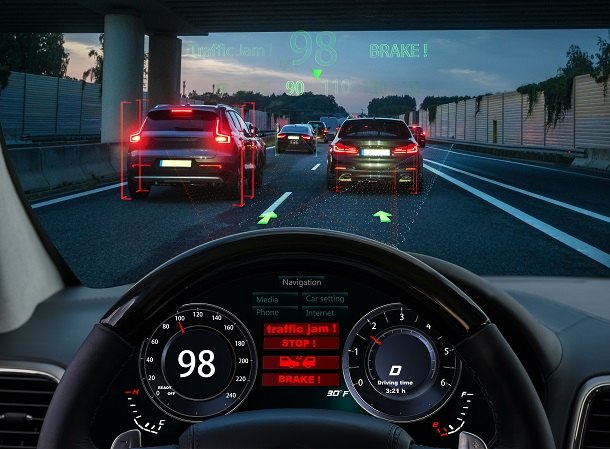

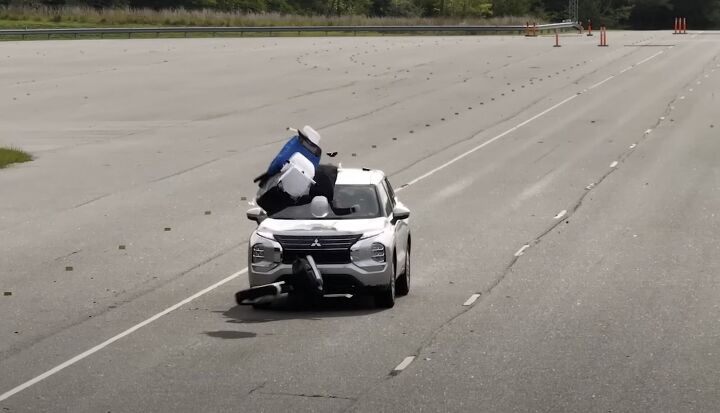

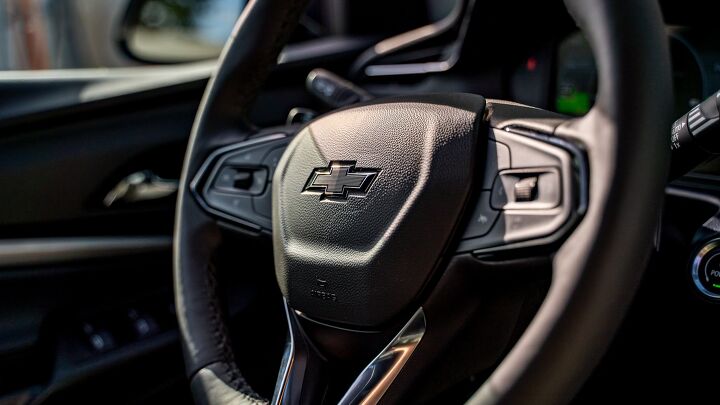
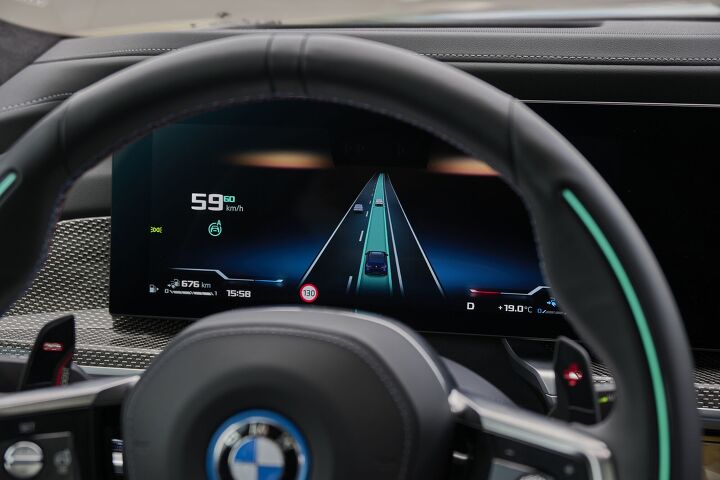
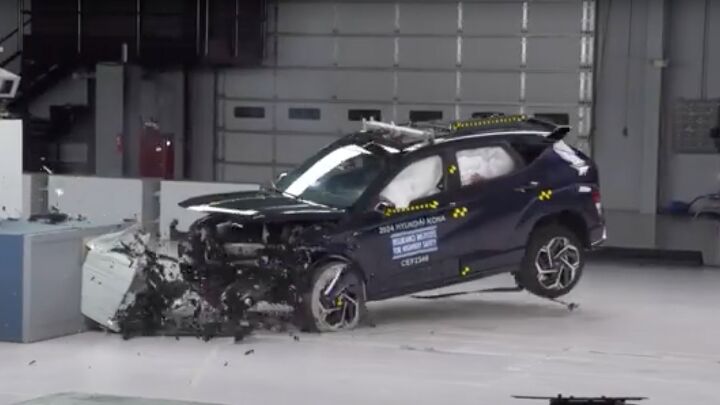
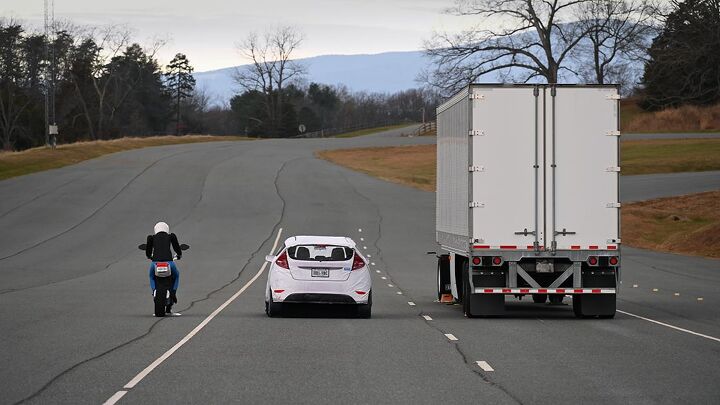



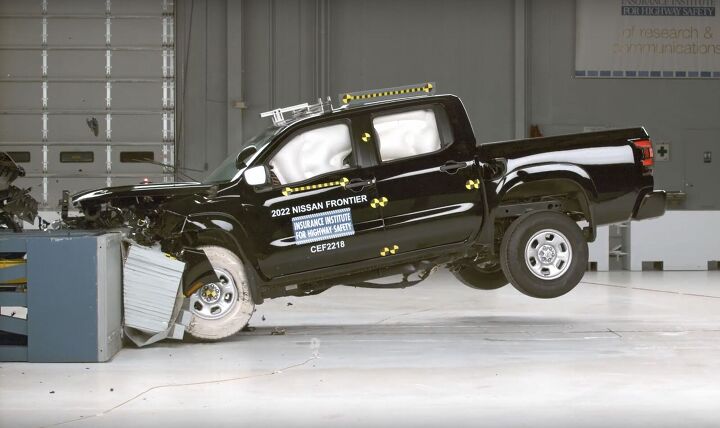


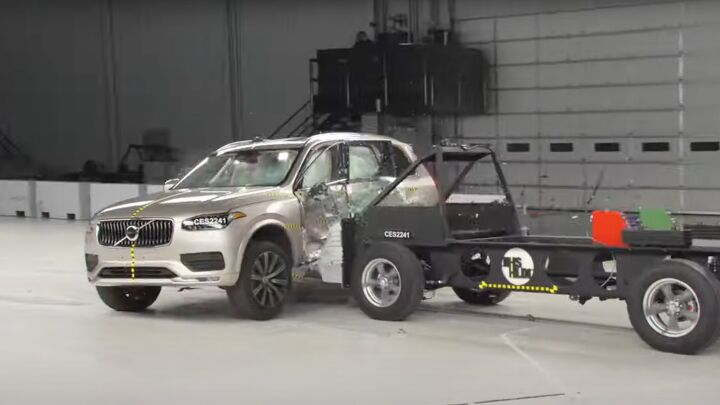












Recent Comments